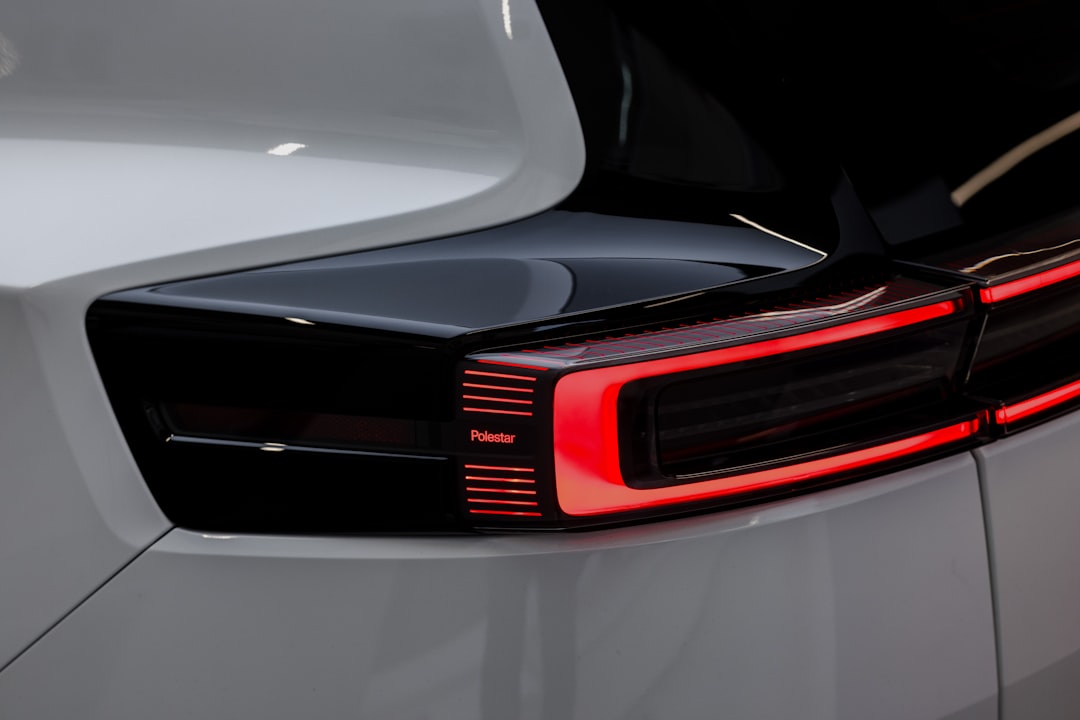In a year marked by significant advancements in sustainable technology, the 2024 EV tax credits are steering American driving habits towards a greener future. With the U.S. government incentivizing the shift to electric vehicles (EVs), these tax credits are not just about saving money—they’re reshaping how Americans think about mobility. According to Bloomberg Green, EV sales in the U.S. surged by 50% in the first half of 2024 compared to the previous year, largely fueled by these financial incentives. This article will explore how these tax credits are influencing consumer choices, altering daily habits, and ultimately driving a nationwide transition to electric mobility.
Understanding the 2024 EV Tax Credits
The 2024 EV tax credits are a game-changer in the automotive industry. Here’s how these credits work and their impact on consumer behavior:
What Are the 2024 EV Tax Credits?
- Eligibility and Amounts: The tax credits, as reported by Reuters Mobility, offer up to $7,500 for new EV purchases and up to $4,000 for used EVs. These incentives aim to make EVs more affordable for the average consumer.
- Qualification Criteria: To qualify, vehicles must be assembled in North America and meet specific battery sourcing requirements. Brands like Tesla, Ford, and Rivian are leading the charge with compliant models.
- Impact on Pricing: With these credits, the upfront costs of EVs are significantly reduced, making them more competitive with traditional gasoline vehicles.
Driving Consumer Choices
- Increased EV Adoption: InsideEVs highlights that the affordability factor has led to a 30% increase in EV test drives, as more consumers explore the benefits of electric mobility.
- Shift in Preferences: According to Electrek, there’s been a notable shift from luxury gas-powered cars to mid-range EVs, as consumers prioritize sustainability and long-term savings.
The Daily Benefits of Living with an EV
Switching to an EV isn’t merely about driving a different type of car; it’s a lifestyle change with numerous daily benefits:
Cost-Efficiency and Savings
- Lower Fuel Costs: According to the IEA, EV owners save approximately $800 annually on fuel compared to those driving internal combustion engine vehicles.
- Maintenance Savings: EVs require less maintenance—no oil changes or engine tune-ups—resulting in savings of up to $1,200 over five years.
Environmental Impact
- Reduced Carbon Footprint: CleanTechnica reports that EVs produce 54% fewer carbon emissions than traditional cars, contributing to cleaner air and a healthier environment.
- Supporting Renewable Energy: Many EV owners install solar panels to power their vehicles, reducing reliance on fossil fuels and supporting a sustainable energy grid.
Practical Tips for New EV Owners
Transitioning to an EV lifestyle involves some changes. Here are practical tips to ease the switch:
Charging Your EV
- Home Charging Solutions: Install a Level 2 charger at home for faster charging times; TechCrunch suggests this can fully charge most EVs overnight.
- Public Charging Networks: Apps like PlugShare help locate nearby charging stations, making long trips easier to plan.
Comparing and Choosing the Right EV
- Brand Considerations: Look at offerings from Tesla, Hyundai, and Volkswagen, which provide a range of models suitable for different needs and budgets.
- Battery Life and Range: Consider models with higher range capabilities for long-distance travel, such as the Lucid Air, which offers over 500 miles on a single charge.
Conclusion: The Road Ahead for EV Adoption
As 2024 progresses, the impact of EV tax credits is becoming increasingly evident. These incentives are not just encouraging more Americans to consider EVs; they’re facilitating a broader cultural shift towards sustainable living. With reduced costs, increased environmental consciousness, and a growing network of charging infrastructure, the future of driving in America looks electric.
Are you ready to make the switch? As we look to the future, one can only imagine the innovations that await in the EV sector. Perhaps the next big question is not whether to go electric, but how soon you can join the movement. Share your thoughts and experiences with EVs in the comments below, and let’s drive this conversation forward.

